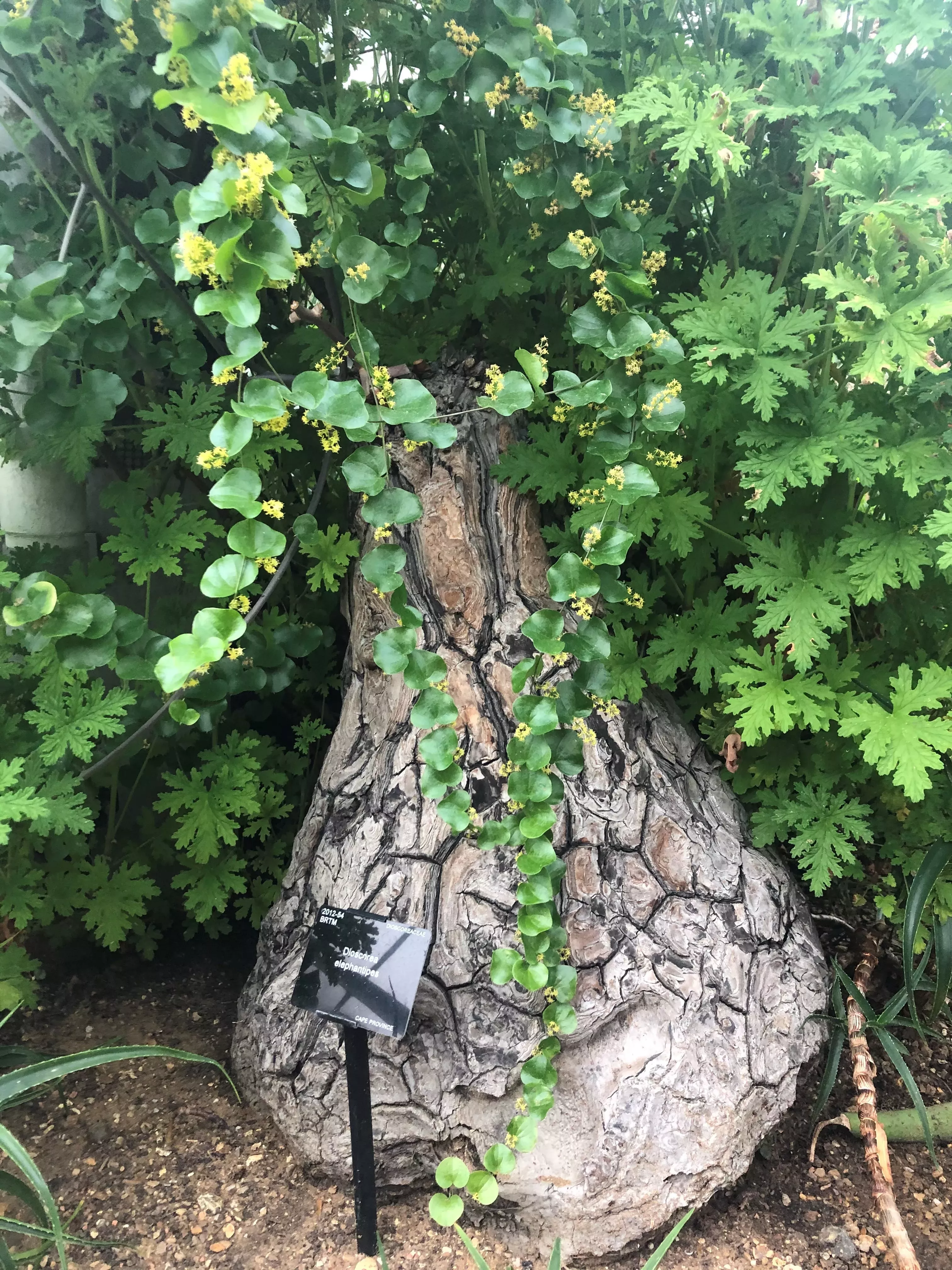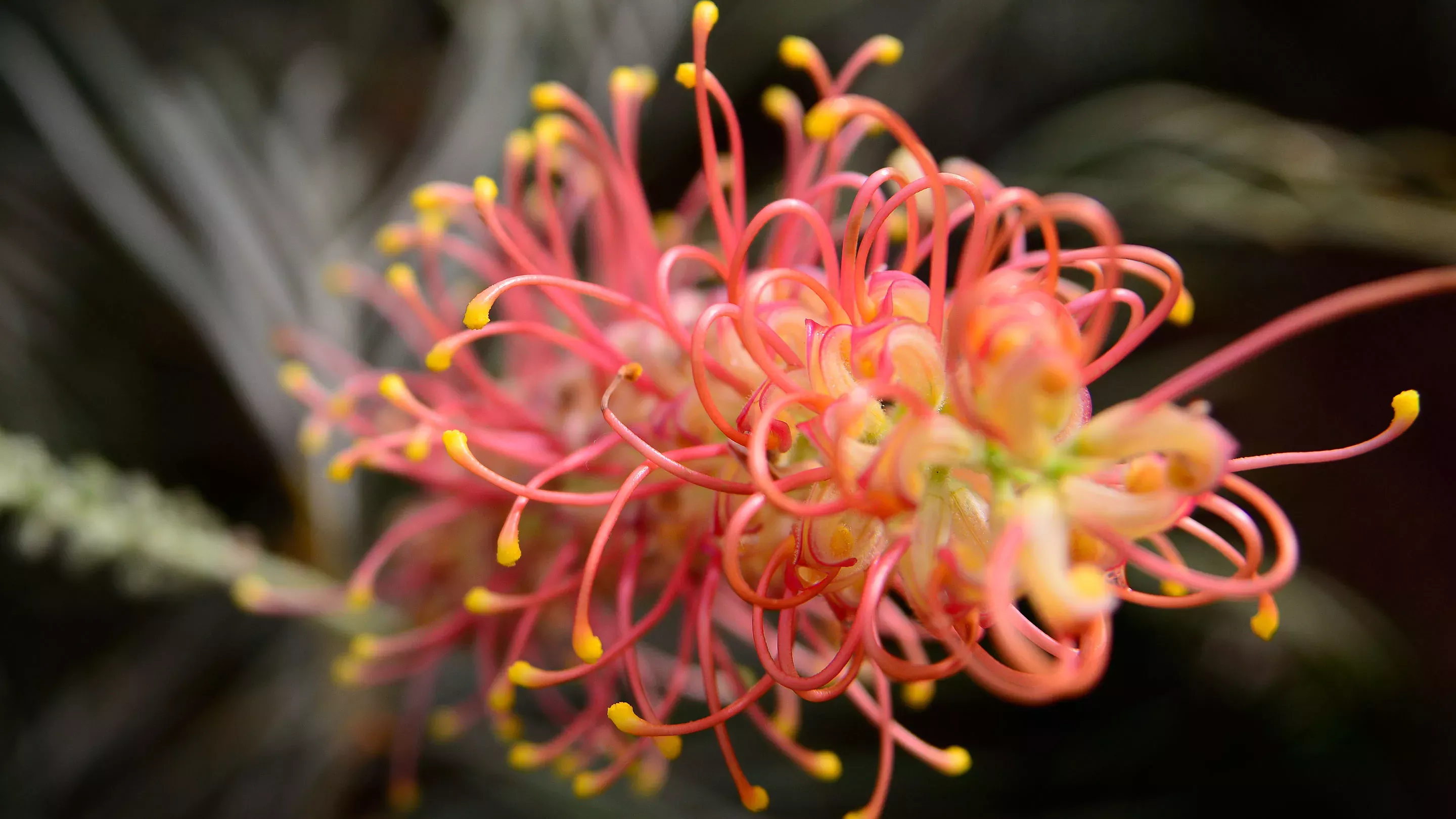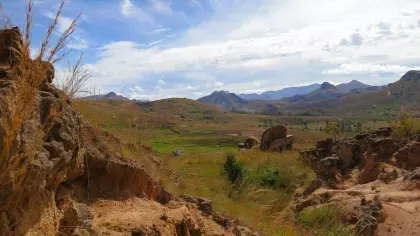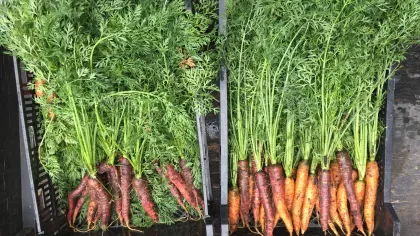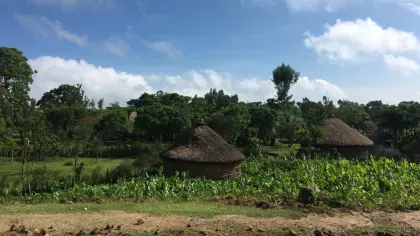11 November 2019
Yams: A lifeline for millions
Yams provide staple foods and key medicines to millions of people throughout the world, but they need conserving.

After cereals, most of our carbohydrates come from root and tuber crops.
Among these, yams are one of the most important food crops.
Yam is the common name for the approximately 625 flowering plant species in the genus Dioscorea (family Dioscoreaceae).
The cultivated guinea yams (Dioscorea rotundata) and winged yams (Dioscorea alata) feed around 100 million people in West and Central Africa alone.
Yams are found throughout the tropical regions of the world and a few occur in warm temperate regions.
Besides being a major food source, yams play a crucial role in social, cultural, economic and religious parts of life in West Africa and other yam-eating cultures.
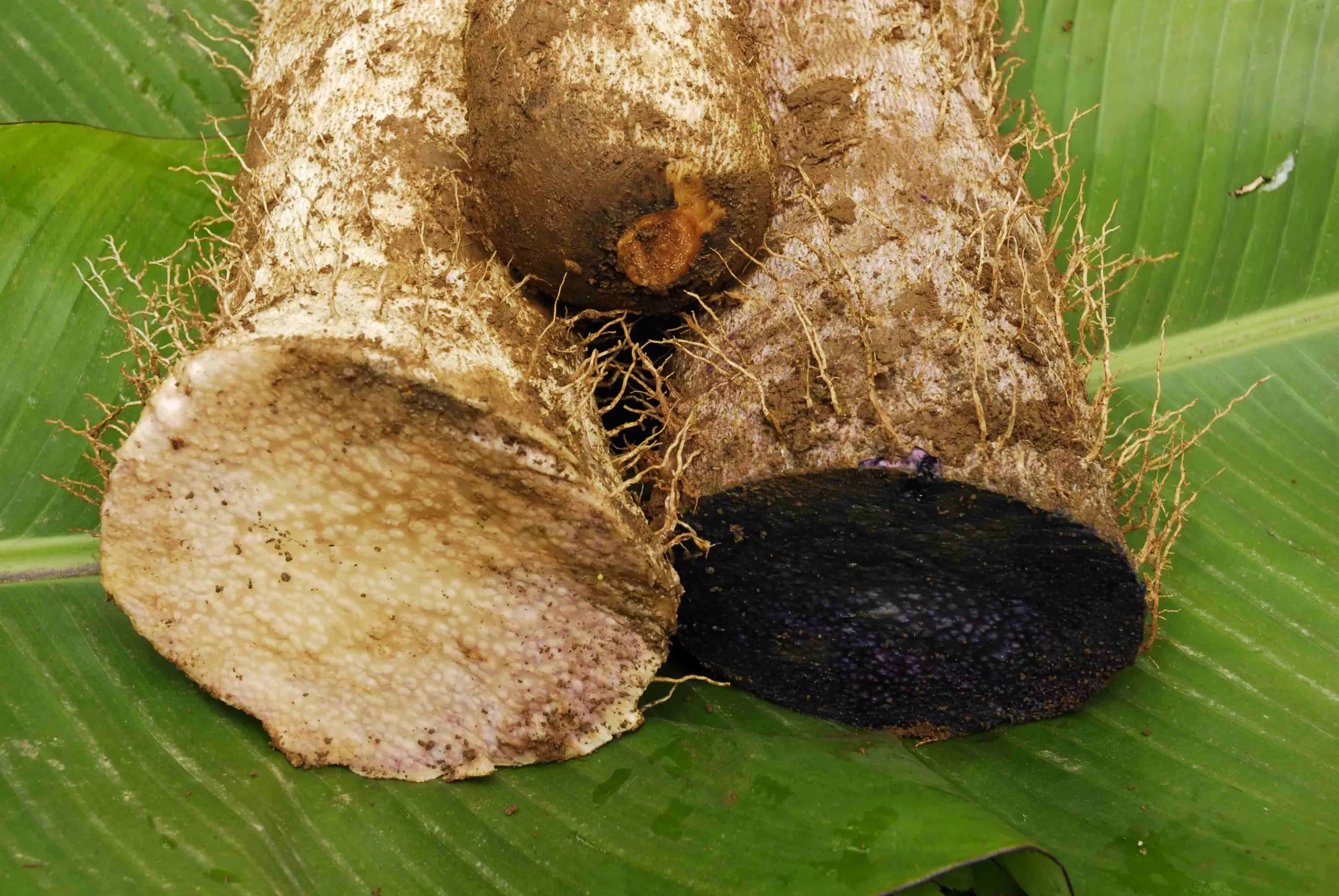
The birth of the contraceptive pill
Some non-edible yam species contain chemical compounds known as steroidal saponins that have valuable medicinal properties.
One of the most important of these steroidal saponins is diosgenin, which was first found to be present in Mexican yam (Dioscorea mexicana) in 1943.
Diosgenin from Mexican yam and its close relatives was modified to make progesterone, which was used to develop the first contraceptive pill.
Steroidal saponins also have anti-inflammatory, anti-infection, and anti-allergic properties that are used to treat several illnesses, including heart disease.
Another highly important compound that is found in some yams, specifically Dioscorea elephantipes and Dioscorea sylvatica, is shikimic acid.
Shikimic acid is a precursor to Tamiflu®, a drug used to cure influenza, including bird and swine flu.
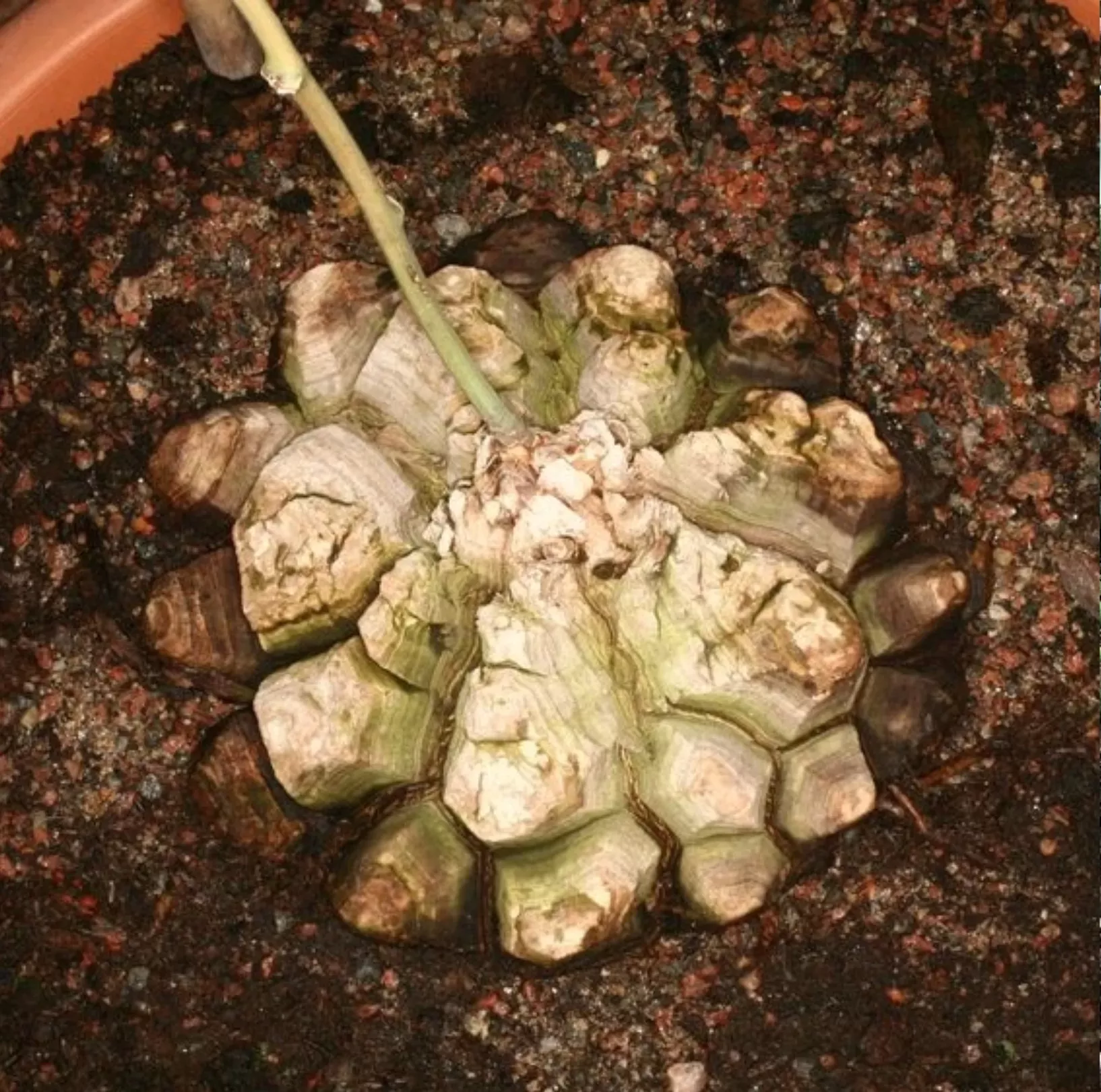
A cause for celebration
The vital yam crop is annually celebrated at festivals hosted throughout West Africa, including large festivals in Nigeria and Ghana.
The Iri ji [eating yam] New Yam festival is a harvest celebration of the yam crop held by Igbo people from southeast Nigeria between early August and October.
The festival represents the end of a harvest and the beginning of the next cycle, traditionally seeing people give thanks to the gods for fruitful produce.
Did you know?
-
Dioscorea is the largest genus in the Dioscoreaceae family.
-
Alongside carbohydrates, yam tubers are an important source of proteins and micronutrients.
-
Dioscorea are dioecious, meaning they have separate male and female plants. This is a rare trait in flowering plants.
-
The air potato, Dioscorea bulbifera, is listed as one of Florida’s most invasive species which threatens native plants and vegetation. It can reproduce vegetatively very quickly via potato-like aerial tubers.
-
Dioscorea strydomiana is the most threatened yam in the world. It is native to South Africa, where it is believed to cure cancer.
Food for thought: Species at risk of extinction
Orphan crops which include guinea yams (Dioscorea rotundata), are valuable to local communities that rely on them for food and income, but have limited trade or recognition worldwide.
Research on orphan crops, like yams, is needed to unlock their full potential, as has happened in other staple crops like wheat, rice and maize.
Many species of wild yam are under risk of extinction as a result of over exploitation in local communities, habitat loss and climate change.
Research done at Kew has shown that in South Africa and Madagascar, at least 40% of yam species are threatened.
These extinction risk assessments help inform conservation and management decisions to safeguard Dioscorea species, now and in the future.
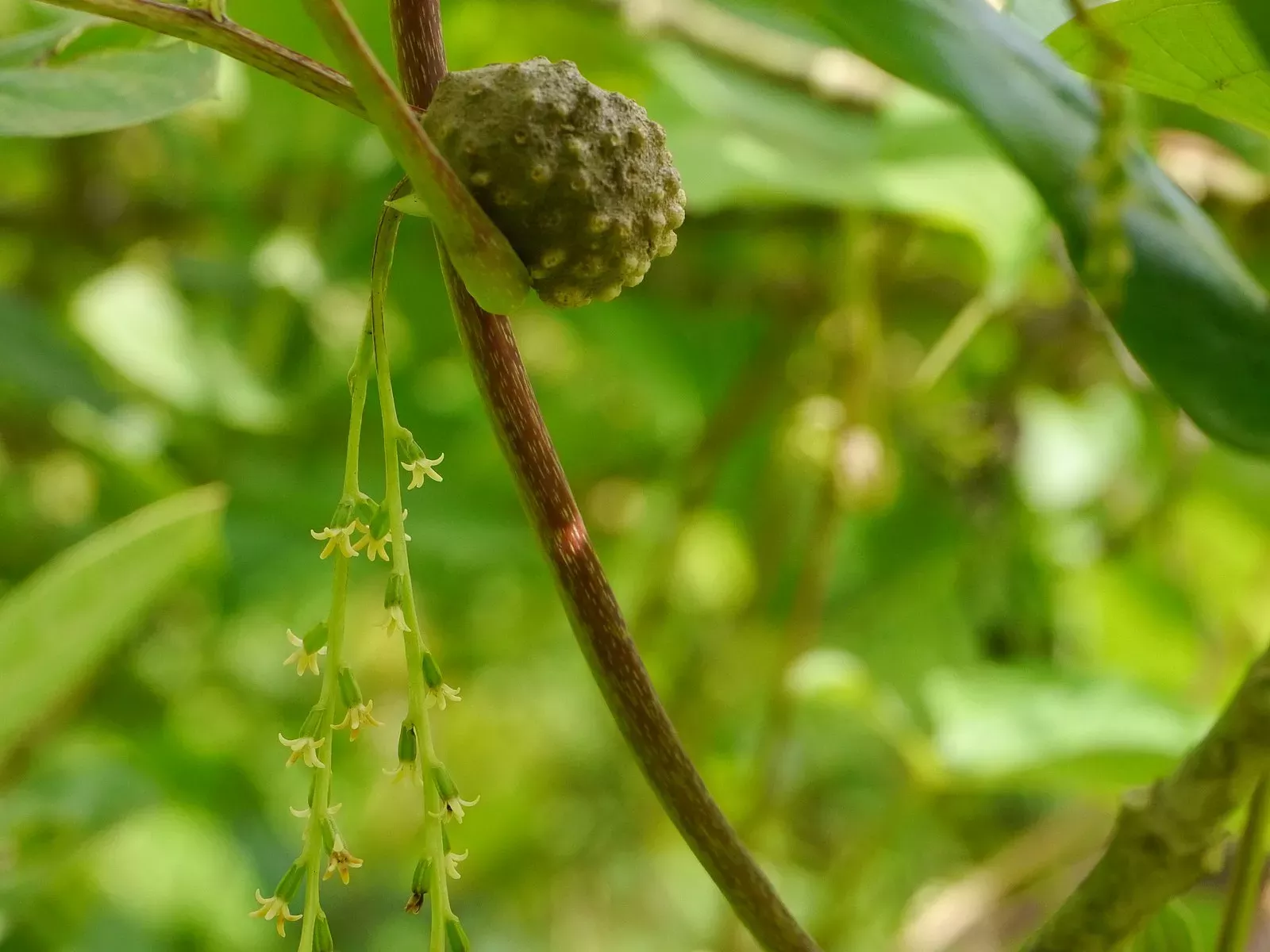
Conserving yam diversity
A Kew project in Madagascar has helped conserve half of the wild species of yam (most of these are threatened or key food sources) as seed or living collections. It has also greatly increased the scale of winged yam (Dioscorea alata) cultivation.
Other work at Kew involves protecting cultivated guinea yam diversity in Ethiopia and the associated local knowledge.
Kew scientists are also investigating the evolutionary relationships between Dioscorea species to help identify crop wild relatives to use in breeding new crop varieties and ensure food security.
These Kew projects hugely support the Food Forever Initiative, which aims to raise awareness of the importance of conserving crop diversity in order to secure a sustainable food supply for humanity in the face of population growth, climate change, pests and diseases.
You can discover yams for yourself across Kew by taking a trip to the Palm House, Temperate House or Princess of Wales Conservatory, where you can find a massive over ground tuber of Dioscorea elephantipes.
